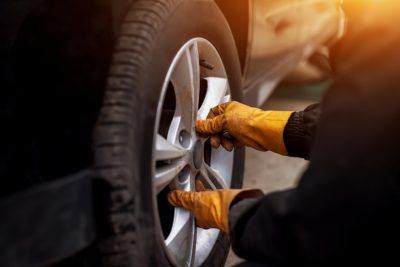 Today’s vehicles feature sophisticated cooling systems equipped with heat sensors and computerized fans, which are designed to keep the engine running without issue, whether it’s warm or cold outside. Overheating is rare with modern vehicles, but even a well-tuned automobile can still overheat. Although hot weather is the most common cause of overheating, many other factors can cause the same problem.
Today’s vehicles feature sophisticated cooling systems equipped with heat sensors and computerized fans, which are designed to keep the engine running without issue, whether it’s warm or cold outside. Overheating is rare with modern vehicles, but even a well-tuned automobile can still overheat. Although hot weather is the most common cause of overheating, many other factors can cause the same problem.
Here are five easy steps to help you mitigate the situation should your car overheat while driving.
- Don’t panic! Your car might be heating up, but you need to keep your cool to ensure your safety.
- Turn off the AC and turn on the heater. This will draw warmth away from the engine, allowing warm air to circulate away from the cooling system.
- Pull over safely. Park your vehicle as soon as you can and turn off the engine. If you have roadside assistance, you may want to call for help, as you may need a tow. If you’re in heavy traffic and can’t pull over immediately, shift into Neutral or Park and rev the engine a little. The water pump and fan will speed up, circulating coolant through the radiator, faster, helping to cool the engine.
- Pop the hood. Allow the engine to cool for at least 15 minutes and then open the hood to relieve some of the heat. Remember, for your safety, do not add water or remove the radiator cap until the vehicle has cooled completely.
- Check and add coolant. If your coolant level is low, a quick top-off could help protect your engine and prevent overheating until you can get things fixed.
After you’ve completed these steps, if you aren’t having your car towed, you can carefully restart your engine and drive to an auto repair shop near me. Be sure to keep an eye on the temperature gauge as you drive to make sure the temperature isn’t creeping back up to unsafe levels.







